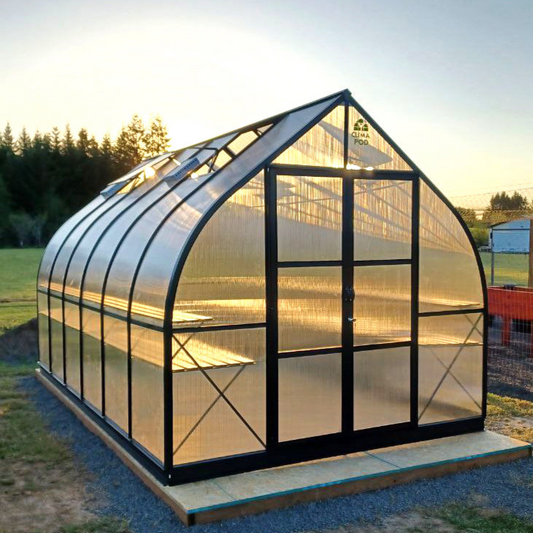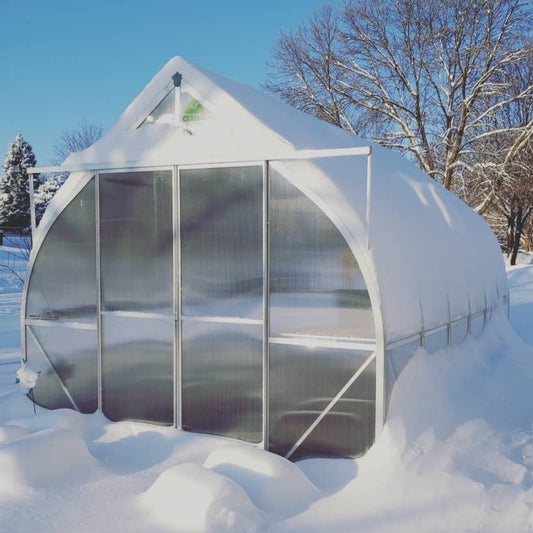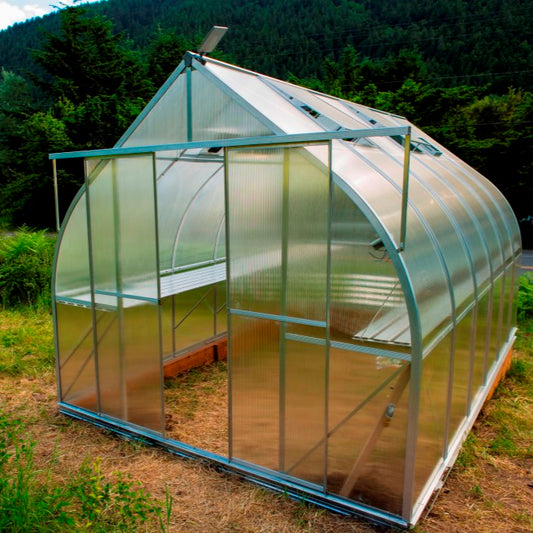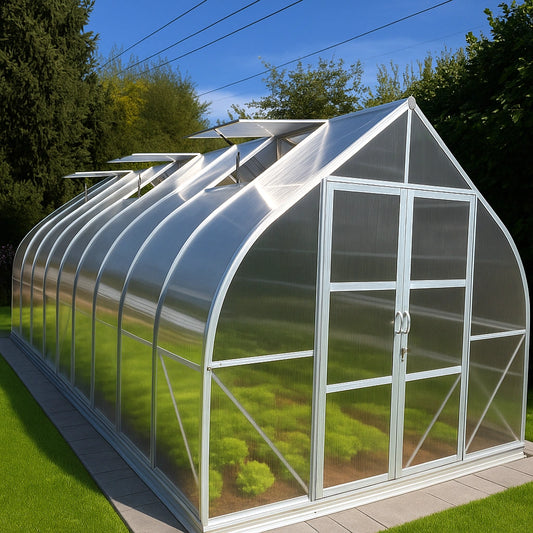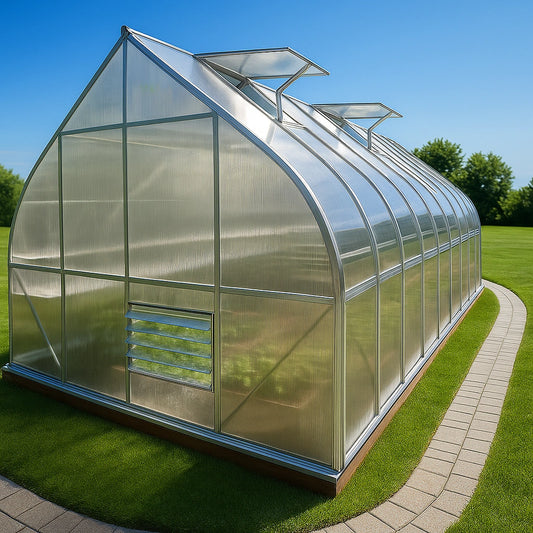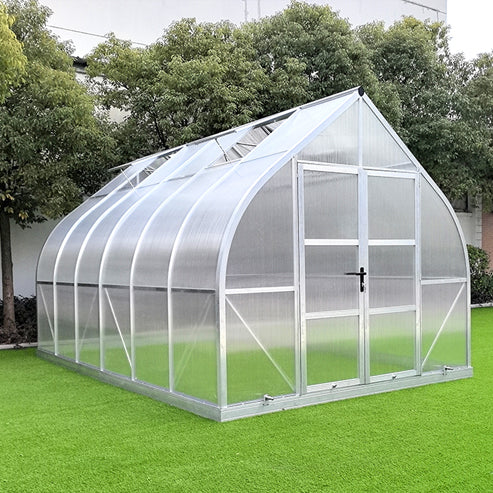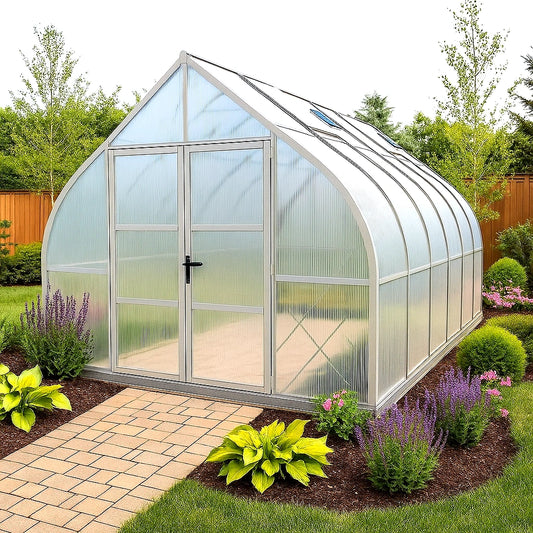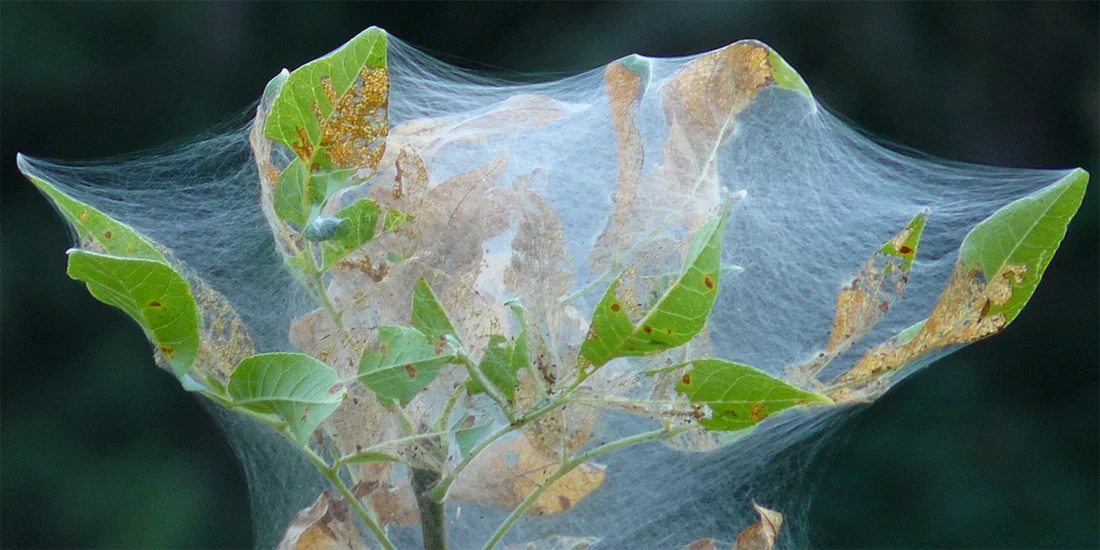
How to Deal with Spider Mites in Greenhouses & Gardens
Spider mites are a frequent greenhouse pest that can spread rapidly in hot, dry conditions. Spotting even a little webbing early allows you to act before serious damage occurs. Here’s what every grower needs to know.
Spider Mite Overview & Identification
Spider mites are tiny sap-sucking pests that spin fine webbing on leaves. A small infestation won’t harm plants much, but if conditions are warm and dry (around 80–85°F/27°C), populations explode.
Why They Spread Fast
- Mites mature in just 5 days and a single female can lay ~20 eggs/day.
- Populations can expand to hundreds per plant in just a few weeks.
- Infestation weakens foliage, webbing also invites secondary infections.
Control Methods
Effective spider mite control falls into three categories:
- Acaricidal insecticides: Fast, effective, long-lasting protection.
- Home remedies: Soap sprays and water rinses help prevent outbreaks.
- Organic/biological solutions: Oils, predatory mites, and neem are safe options.
Home Remedies
Soap spray is a common DIY approach: dissolve 2 oz vegetable soap in 2.5 gallons warm water. Let it sit, then spray leaves thoroughly. Soap film deters mites and clogs their mouthparts.
Pros: Cheap and easy. Cons: Washes off with rain, doesn’t kill bugs, needs reapplication during outbreaks.
Organic & Biological Options
Neem oil is a powerful natural insecticide safe for edible plants, harvest immediately after treatment (just wash produce). Use every 7–10 days. It’s pricier and requires thorough spraying but works well indoors or on young plants.
Insecticidal Treatments
For severe infestations, use acaricide sprays (e.g., insecticidal soaps, horticultural oils, pyrethrins, or specialized miticides like abamectin and spirodiclofen). These offer sustained protection and often target other pests too.
Pro tip: Always follow label rates and wear protective gear. Apply in the early morning or evening to avoid heat stress.
Early detection and targeted treatment ensure healthy crops, maximizing greenhouse success.




